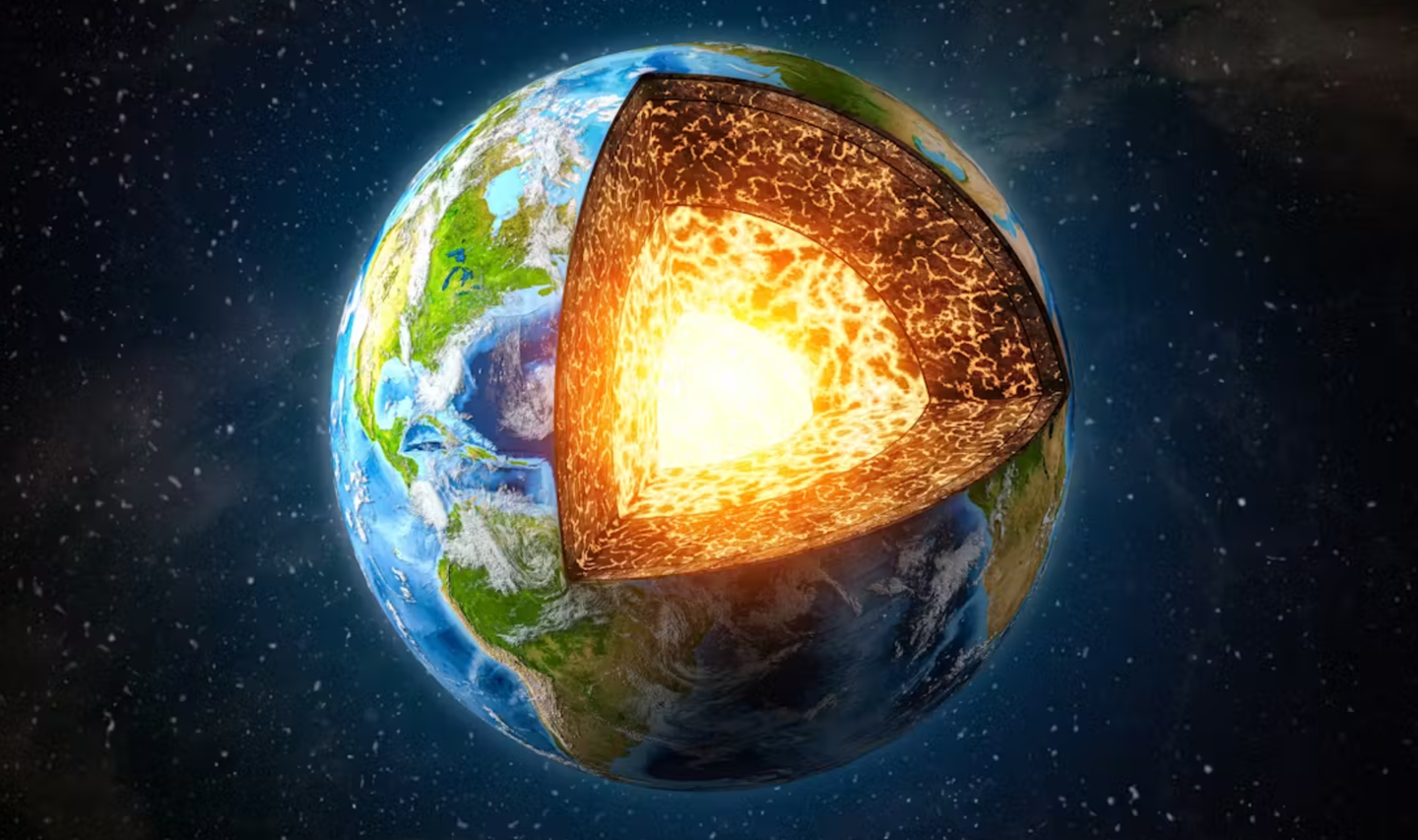Groundbreaking study finds we could all be living in a simulation
Recent scientific revelations hint that there might be more to the theory of simulation hypothesis than just pure speculation.

[Oct. 10, 2023: Staff Writer, The Brighter Side of News]
Recent scientific revelations hint that there might be more to the theory of simulation hypothesis than just pure speculation. (CREDIT: Creative Commons)
In the tranquil ambience of a café, as the scent of coffee wafts by and sunlight dances through the trees, have you ever pondered the nature of reality? Could what we perceive as reality simply be an intricate model on a hyper-advanced computer?
A philosophical argument dating back to 2003, known as the "simulation hypothesis," suggests precisely this idea. However, recent scientific revelations hint that there might be more to this theory than just pure speculation.
The Simulation Hypothesis: Pixels over Perception?
The core of the simulation hypothesis revolves around an unsettling premise: if humankind reaches a point where it can simulate the Universe countless times using a computer, the odds lean towards us currently residing in one of those myriad simulations. Under this paradigm, everything we experience might be mere representations, detached from any absolute reality.
This study leads to the extraordinary possibility that our entire Universe might in fact be a computer simulation. (CREDIT: Colin Anderson Productions pty ltd/Getty Images Plus)
Though primarily a thought experiment, scientists have been consistently intrigued by this theory, probing it for potential evidence. The latest investigation has, interestingly, turned up something quite tantalizing.
The Second Law of Infodynamics: An Insight into Simulated Realities?
A groundbreaking development in this realm emerged with the second law of infodynamics, formulated by physicist Melvin Vopson and mathematician Serban Lepadatu, both of the UK's Jeremiah Horrocks Institute for Mathematics, Physics, and Astronomy.
Related Stories
In a recent paper in AIP Physics, Vopson notes, "The 2022 discovery of the second law of information dynamics (infodynamics) facilitates new and interesting research tools at the intersection between physics and information." He delves deeper into its implications across digital information, genetic data, atomic physics, mathematical symmetries, and cosmology, suggesting a potential scientific foundation for the simulation hypothesis.
At its essence, the second law of infodynamics draws inspiration from the second law of thermodynamics. The latter posits that any natural process will ultimately lead to an increase in entropy (disorder) and an energy loss. Drawing a parallel, Vopson, who believes information might be a variant of matter, anticipated a similar disorderly behavior for information systems.
However, on observing digital data storage systems and RNA genomes, Vopson made an intriguing discovery: these systems did not exhibit an increase in 'information entropy' over time. Instead, it either stabilized or reduced.
Shannon information entropy values of variants of the SARS-CoV-2 virus as a function of the number of SNP mutations per variant. (CREDIT: AIP Publishing)
"I knew then that this revelation had far-reaching implications across various scientific disciplines," Vopson expresses. Eager to take this discovery further, he sought to examine if this new law could bolster the simulation hypothesis, pushing it from the realm of mere philosophy to mainstream scientific discourse.
Implications across Scientific Domains
Vopson's exploration into this law's repercussions on varied fields has yielded some captivating findings:
Genetics: Analyzing RNA sequences from different SARS-CoV-2 variants, Vopson noted a decrease in information entropy as mutations occurred, hinting at a mechanism driven by the second law of infodynamics, rather than mere randomness.
Atomic Physics: Electrons within atoms seemed to align themselves to minimize information entropy.
Cosmology: The ever-expanding universe requires a balance—physical entropy's growth must be counteracted by a proportional decrease in information entropy.
Symmetry: The pervasive symmetry we observe in nature, be it in delicate snowflakes or majestic spiral galaxies, can be elucidated by this law. Vopson elucidates, "Symmetry principles play an important role with respect to the laws of nature, but until now there has been little explanation as to why that could be. My findings demonstrate that high symmetry corresponds to the lowest information entropy state, potentially explaining nature's inclination towards it."
The similarity between these processes and computer operations—such as deleting superfluous code or optimizing power consumption—reinforces the simulation theory. Vopson observes, "This approach... supports the idea that we're living in a simulation."
The Future: Testing the Hypothesis
The next course of action involves experimental validation. If the simulation hypothesis holds, information becomes the bedrock of our universe, akin to computing bits. Vopson has also previously mooted the idea that this information might possess mass. Should this be true, the annihilation of information in particle-antiparticle collisions could offer empirical evidence.
Calculated IE values for (a) s orbital, (b) p orbital, (c) d orbital, and (d) f orbital. Data represent each possible distinct electronic configuration vs the total spin quantum value, S. The data show categorically that IE is minimum when S is maximum is each case. (CREDIT: AIP Publishing)
However, this begs an even more profound question: If our universe is merely a streamlined and optimized simulation, what kind of intricate system governs it? And who—or what—constructed it?
While we might be a long way off from deciphering these mysteries, perhaps there exists, or will emerge, a program that might help us understand the essence of our universe and the reality (or unreality) we inhabit.
In the interim, as we sip our coffee under the dappled sunlight, perhaps it's worth pondering: in an infinite digital cosmos, where do we truly stand?
For more science stories check out our New Discoveries section at The Brighter Side of News.
Note: Materials provided above by the The Brighter Side of News. Content may be edited for style and length.
Like these kind of feel good stories? Get the Brighter Side of News' newsletter.



